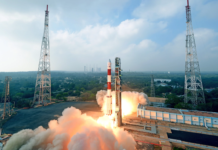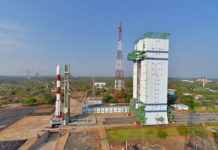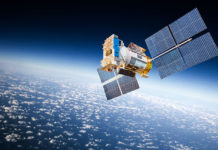Global warming is a contemporary problem facing the world. The carbon levels scientists of half a century ago predicted should be experienced by now were long since exceeded. Climatic zones are shifting, and species of animals are dying off because they cannot keep up with global warming. Scientists have therefore been looking for ways to lower earth’s temperatures.
Methods of the past
Most countries pledged in the twentieth century to reduce their carbon emissions in the Paris Agreement. The US has been at the forefront of the issue with states like California cutting down their carbon emissions by over … percent. China has been using green energy while even nations in Africa have started going for the wind and solar energies. The threat is so immense and imminent that researchers are now considering using geoengineering to control climate change.
Geoengineering: The Future of Climate Change?
Researchers from Harvard have proposed a method that could lower the earth’s temperatures, if only temporarily and fractionally.
The scientists have the idea that by releasing aerosols into the troposphere, they could cool the earth. Their theory is based on the model of the effect of a volcano eruption. Co-founder of the project Gernot Wagner says that it will be the ‘largest’ and ‘most comprehensive’ geoengineering study ever carried out by the US.
Here is how it works. When a volcano erupts, it releases a lot of ash and gasses into the atmosphere. Some of the constituents of the residual compounds block the sun’s radiation from reaching the ground, thus lowering temperatures of the regions beneath the volcanic cloud. The scientists aim to release aerosols twenty kilometers above the ground to achieve much of the same effect.
In the first leg, the research team will release water into the troposphere. The effect will then be monitored by meteorological balloons. If the results turn out to be positive, the team hopes to release tiny calcium carbonate particles before 2022 into the air to continue with the cooling process. The researchers may also end up seeding using diamonds or aluminium oxide in the future.
The project is estimated to cost the Harvard Research funds and investors such as the Hewlett Foundation about 20 million USD, roughly 16 million pounds. Involved parties will assess its legal and risk factors independently.
The project also has its controversies and critics. Kevin Trenberth, a member of the UN department in charge of monitoring climate change, stated, “The project will interfere with the hydrological cycle and possibly climate change. It will lead to drought in areas such as North Africa.” Trenberth also pointed out that drought and famine could then give rise to destabilized nations and wars.
The team in charge of the project countered Trenberth’s statement. “The geoengineering prospect is terrifying even for us. At this point, however, knowledge should be chosen over ignorance,” said Frank Keutsh, the lead scientist of the geoengineering venture. The researchers added that the project only complemented carbon emission reduction efforts but did not replace them.
There is a need for a plan B in case this venture fails.




